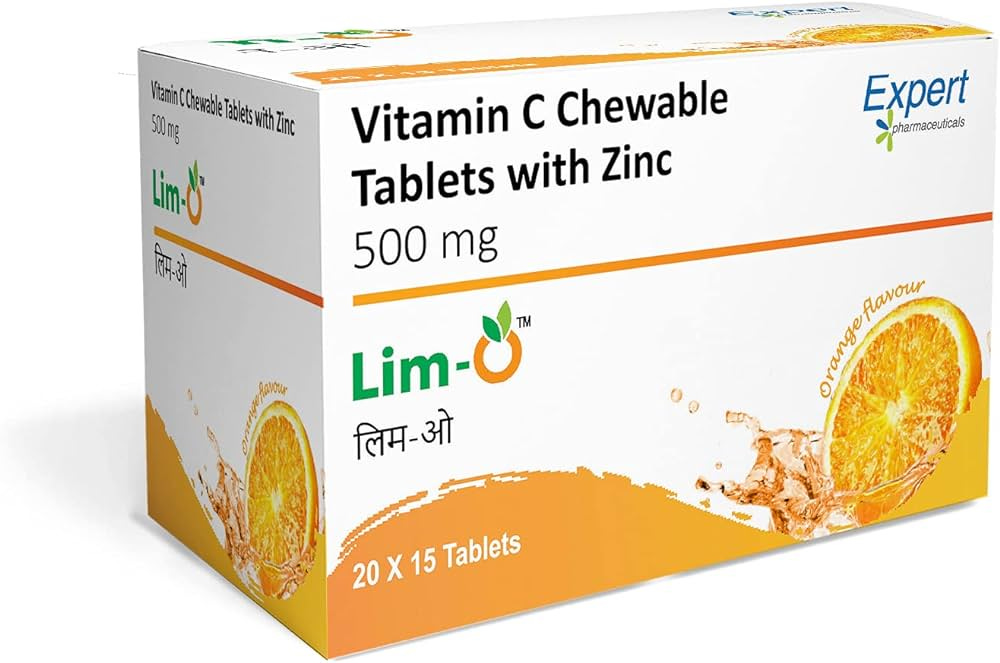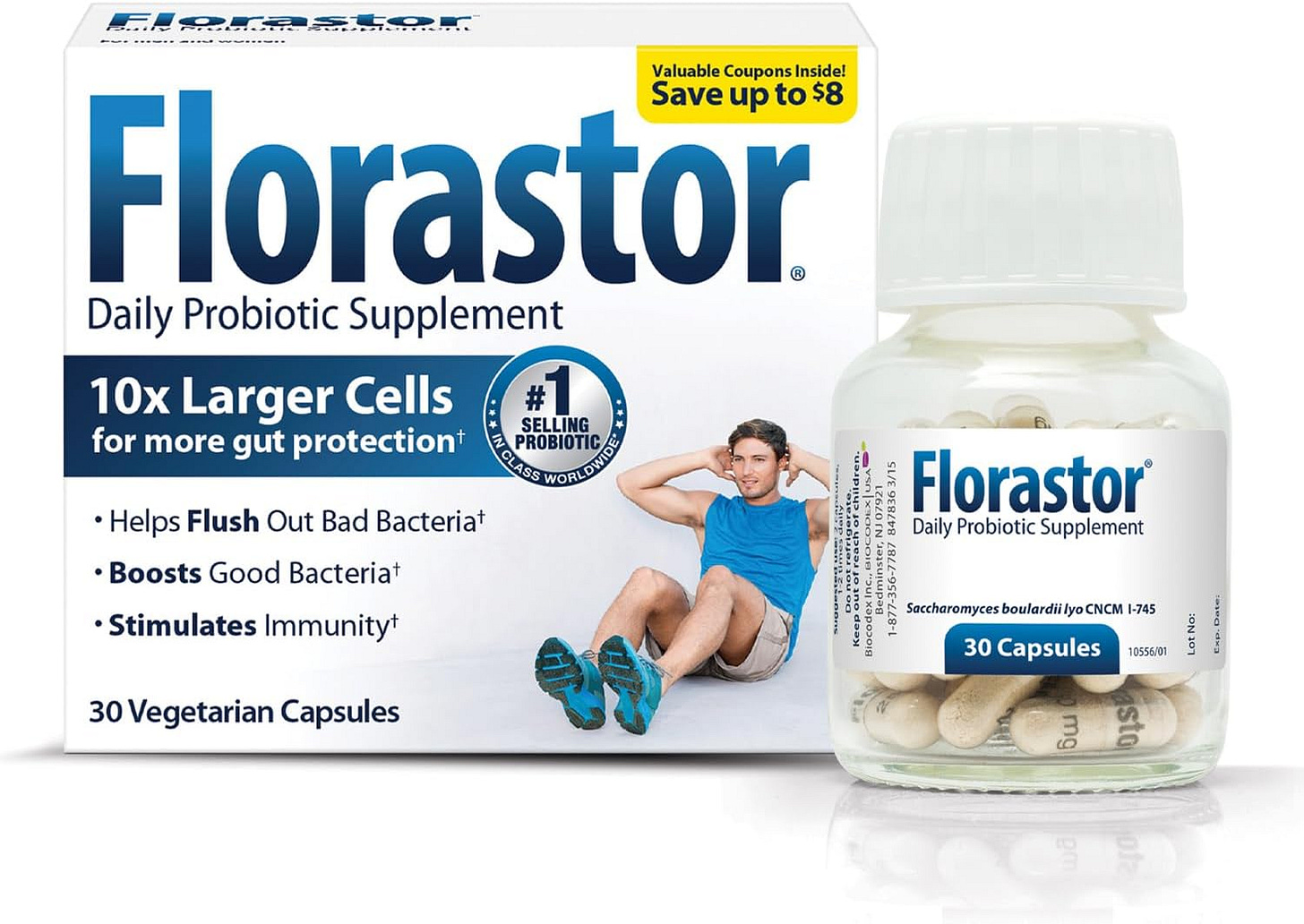In Part I, Part II & Part III, we have covered Pharma Industry in detail - from drug discovery process to its value chain. In this article, we’ll discuss the distribution of a drug.
To Your Doorstep: Distribution Channel
Distribution channel of a drug has two sides: supply side & demand side.
1. Supply Side
This involves making sure the drug is in stock in all retail pharmacies. The drug distribution process has four stakeholders:
Drug Manufacturer:
The pharma company is responsible for developing, manufacturing & marketing the drug. It then transports it to the clearing & forwarding agent.
Clearing & Forwarding Agents:
They provide warehousing facilities to pharma companies & are responsible for maintaining the stock of the company in a given area/state.
Pharma companies usually have a clearing & forwarding agent in each state, & for bigger states, they might have more. They pay these agents a small percentage of M.R.P. of the products, annually or semi-annually.
Clearing & Forwarding agents then forward the products to stockist as & when they get orders.
Stockists (Wholesalers):
They receive the products sent by clearing & forwarding agents, along with an invoice in the name of the pharma company.
Stockists then pay the pharma company directly.
Stockists are appointed by clearing & forwarding agents for every region, who sometimes further appoint sub-stockists.
After adding their margins, stockists further distribute the products to retail pharmacies.
Retail Pharmacies
Pharmacies then add their own margin & sell the products to final consumers.
2. Demand Side
This involves making sure there is demand in the market for a particular drug. Pharma companies generate demand for different products in different ways:
Over-The-Counter (OTC) Drugs
These are medicines that can sold to the consumer directly, without any prescription.


Pharma companies are allowed to advertise OTC products. This is to promote self-medication among patients for minor issues.
Prescription Drugs
Under Drugs and Cosmetics Act, 1940, advertisement of prescription drugs is prohibited. Therefore, to generate demand for their prescription drugs, pharma companies hire medical representatives.
Medical reps are responsible for networking with doctors, maintaining good relationship with them & generating prescriptions for their company.
They educate doctors about newly launched products of a pharma company & persuade them to prescribe the drugs of that particular company.
Thank You for reading Fincredible. Hope you enjoyed the read & learnt something new about the pharma industry.










